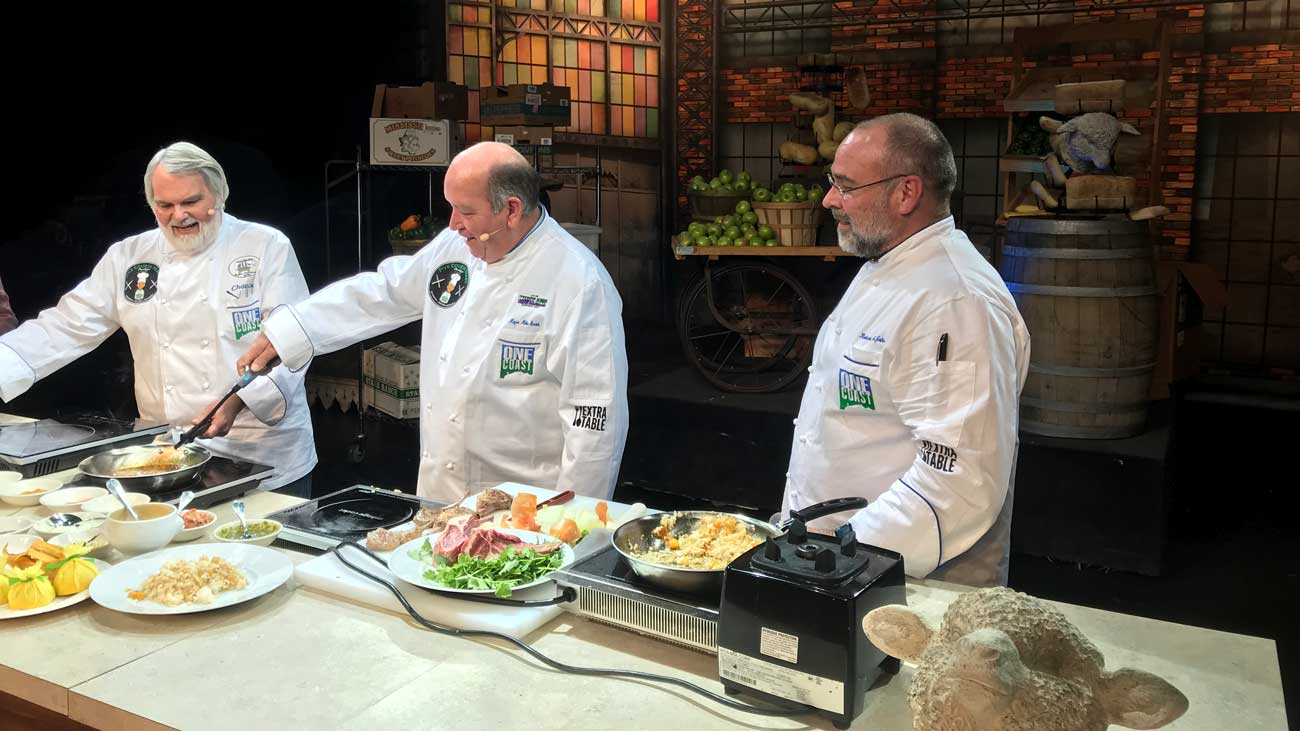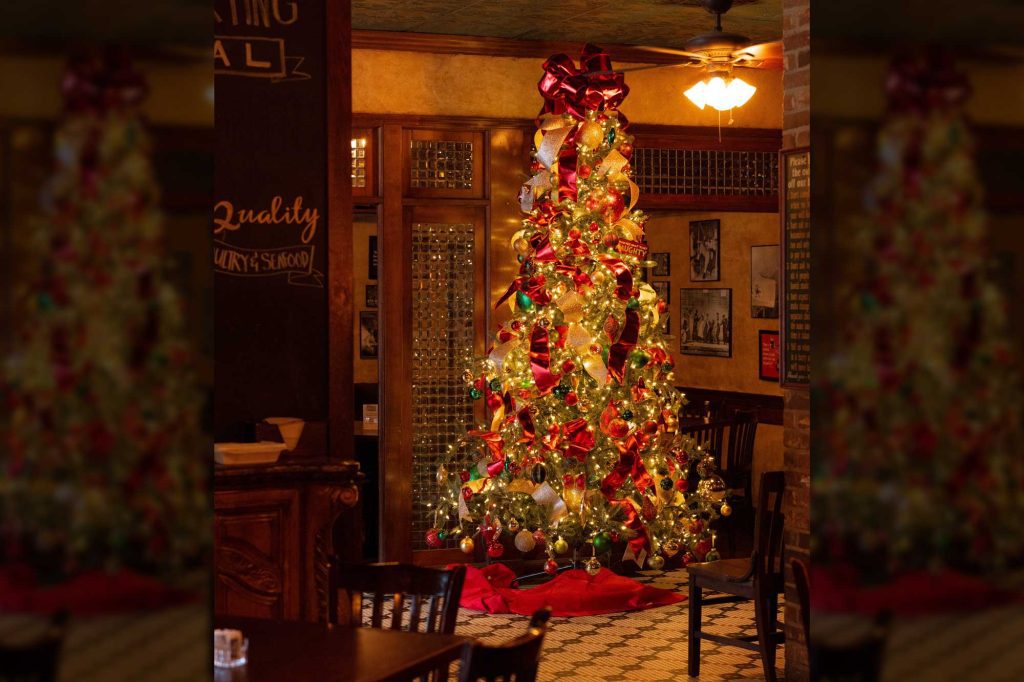Free My Fine-Feathered Friends!
Tuducken… the campaign begins
Thanksgiving is almost here and anyone within 100 miles of the Louisiana border will soon be hearing long-winded and glowing tributes to one of the world’s strangest culinary oddities— the turducken.
A turducken is deboned turkey, which has a deboned duck stuffed inside it, and just in case that wasn’t enough poultry for one sitting, the duck has a deboned chicken stuffed inside of it. More simply, if you take the time to stuff a duck with a chicken, and then stuff both of those inside a turkey and bake it, you have a turducken. Often there is a cornbread dressing layered between the triple threat of stuffed birds.
Louisianans love a turducken. They sell them in grocery stores, they offer them in back-bayou butcher shops, they take them to the homes of grieving families, and they certainly serve them at Thanksgiving.
There are two schools of thought as to the origin of the turducken. Some say that Chef Paul Prudhomme is the inventor of the turducken. I am a great admirer of Prudhomme. He is one of my culinary heroes. If he did, in fact, invent the turducken, I am willing to give him a pass based solely on the quality of his jambalaya, which is the best to be found anywhere, no question.
Others believe that Herbert’s Specialty Meats in Maurice, LA was the original fowl offender. I like to believe this version, not because I have malice towards Herbert, but I want to believe that Chef Paul would never make such a huge culinary misstep and invent a dish that is so vile.
I am not a fan of the turducken. Even the name is unappetizing. I prefer to call it, Death by Poultry. Ultimately, it’s not a sound culinary concept. The outer-layer of the turkey dries out when one tries to cook the inner-layer chicken all the way through, and the mushiness of the dressing doesn’t bode well for the texture profile of the dish.
Most of Louisiana’s heritage dishes— gumbo, etouffee, jambalaya, and Shrimp Creole— are well over 100 years old. The best I can figure, whether it was Paul or Herbert, the turducken has only been in existence for 25 years. It’s not too late to turn back, people. The campaign starts today— No Turduckens in ’09.
The turducken’s inspiration probably came from a French dish, Rôti Sans Pareil, or “Roast without equal.” This particular affront to ornithology was cooked and served at a French royal feast in the early 1800s and consists of 17 layers of birds stuffed inside other birds. It starts with a bustard (a large and ugly European bird), stuffed with a turkey, stuffed with a goose, stuffed with a pheasant, followed by (in order): chicken, duck, guinea fowl, teal, woodcock, partridge, plover, lapwing, quail, thrush, lark, Ortolan Bunting, Garden Warbler, and finally an olive. “No thanks, Pierre. I’ve had all of the lapwing and Garden Warbler I can stand, could you please pass the olive?”
The Roast Without Equal sounds like something my friends and I would have tried to create in the small kitchen of my college apartment at two in the morning. It’s a dish that— after a lot of alcohol and such— sounds like a good idea, but ends up being way too much work and ill-conceived in the closing stages. When inspiration strikes that late in the day, it’s usually better to just go to sleep.
Happy silver anniversary turducken, and good riddance.
Whole Roasted Citrus Chicken
Brine:
1 quart water
1 cup sugar
1/3 cup kosher salt
1 Tbl black pepper, freshly ground
2 oranges
2 lemons
2 limes
1 whole chicken, 3 1/2-4 pounds
1 orange, cut into quarters
1 lemon, cut into quarters
1 lime, cut into quarters
1/2 cup yellow onion, small dice
1 tsp fresh garlic minced
1 Tbl fresh thyme, chopped
2-3 Tbl olive oil
2 tsp poultry seasoning (page xxx)
1 Tbl fresh ground black pepper
Place the water, sugar, salt and black pepper in a saucepot and bring to a simmer to dissolve sugar and salt. Remove from heat. Using a vegetable peeler, remove only the outer skin from the first 2 oranges, lemons and limes, be careful not to get any of the pith (white part of the peel). Add the peelings to the brine. Squeeze all of the juice from the peeled citrus and add the juice to the brine. Place the brine in the refrigerator and allow to cool completely.
Remove giblets and neck from the chicken and submerge the chicken in the brine. Cover and refrigerate overnight.
Remove chicken from the brine and, using a paper towel, dry all surfaces of the chicken, including the cavity area.
Combine the orange, lemon and lime with the diced onions, minced garlic and fresh thyme. Stuff the citrus-onion mixture into the cavity of the chicken.
Brush the skin of the chicken with olive oil and sprinkle the skin with poultry seasoning and black pepper. Tie the legs together, and bend the wings back to secure them.
Prepare the grill. Cook with the breast side up over indirect medium heat until the juices run clear, or until an internal temperature of 170 degrees at the thickest part of the thigh is reached, approximately 1 1/4- 1 1/2 hours.
Place the chicken on a cutting board and allow it to rest for 10-12 minutes before carving.
Serve hot.
Yield: 4 servings



